Home>Ideas and Tips>Cryptic Corners Solving Awkward Room Layouts
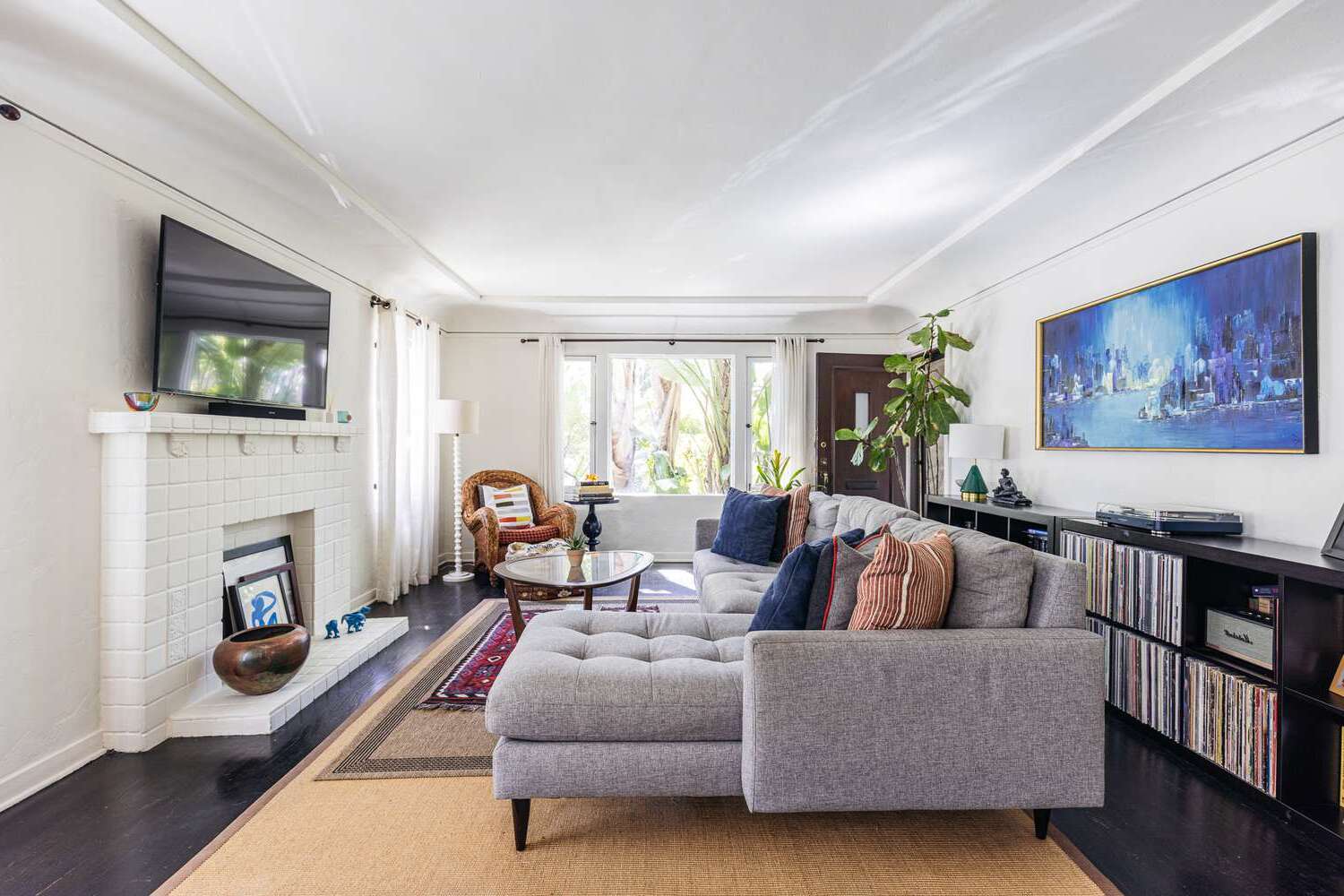

Ideas and Tips
Cryptic Corners Solving Awkward Room Layouts
Modified: November 2, 2024
Discover creative solutions for awkward room layouts. Transform tricky spaces into functional, stylish areas with expert tips and innovative design strategies.
(Many of the links in this article redirect to a specific reviewed product. Your purchase of these products through affiliate links helps to generate commission for Storables.com, at no extra cost. Learn more)
When it comes to home improvement, one of the most challenging aspects of interior design is dealing with awkward room layouts. Whether you're working with a small, oddly shaped space or a room that seems to defy all conventional design rules, finding the right solution can be both frustrating and exhilarating. In this article, we'll delve into the world of creative room layouts, exploring various strategies and techniques to transform those tricky spaces into functional and stylish areas that reflect your personal taste.
Understanding Awkward Room Layouts
Awkward room layouts can arise from a variety of factors, including the shape of the room itself, the placement of doors and windows, and even the presence of unusual architectural features like corners or alcoves. These challenges can make it difficult to arrange furniture in a way that maximizes both functionality and aesthetics.
Common Challenges
-
Narrow or Wide Rooms: Rooms that are either too narrow or too wide can present unique design dilemmas. Narrow rooms often require careful placement of furniture to avoid making the space feel claustrophobic, while wide rooms may need strategies to create a sense of cohesion and balance.
-
Unusual Corners: Corners can be particularly problematic, especially if they are awkwardly shaped or seem to disrupt the flow of the room. These areas often require creative solutions to make them visually appealing and functional.
-
Large Windows: Windows can both enhance and hinder a room's design. Large windows can bring in natural light but also steal valuable wall space, making it challenging to arrange furniture effectively.
-
Doors and Doorways: Doors and doorways can create obstacles in an otherwise well-planned room layout. They need to be integrated seamlessly into the overall design to avoid disrupting the flow of traffic and creating awkward transitions.
Read more: Cryptic Chimneys Solving Fireplace Mysteries
Creative Solutions for Awkward Room Layouts
-
Neutral Color Palette
- One of the simplest yet most effective ways to address an awkward room layout is by using a neutral color palette on the walls. Neutral colors like beige, gray, or white make rooms feel more spacious and can help mask awkward layouts by creating a cohesive flow.
- However, choosing a neutral palette doesn't mean you have to compromise on your personal style. You can still show off your personality with accessories, artwork, and furniture. This way, you draw attention to the things you love rather than the space itself.
-
Floating Furniture
- Floating your furniture means placing it away from the walls and into the center of your living room. This is particularly beneficial for small spaces as it creates a sense of openness and flow.
- Floating furniture also allows for more flexibility in terms of layout. You can easily rearrange pieces without feeling constrained by traditional wall-bound arrangements.
-
Angled Furniture
- Angled furniture can be a game-changer for small or tricky rooms. By placing furniture at an angle, you can create pathways that flow more naturally through the space, avoiding the common issue of furniture blocking doorways or creating dead ends.
- For example, using an L-shaped sofa can help define different areas within a room while also providing additional seating options.
-
Innovative Use of Space
- Enclosed furniture like storage ottomans or built-in shelving units can be incredibly useful in smaller bedrooms or living rooms. These pieces not only provide storage but also help to define different zones within an open-plan space.
- Consider using multi-functional furniture items like a storage coffee table or a desk with built-in storage to maximize every inch of your room.
-
Dark Wall Colors
- Dark wall colors can add elegance to smaller spaces by creating a cozy atmosphere and drawing attention away from awkward layouts.
- However, it's crucial to balance dark colors with lighter elements like furniture and decor to avoid making the room feel too dark or claustrophobic.
-
Large-Scale Upholstery
- Large-scale upholstery can elevate the look of awkwardly shaped rooms by creating a focal point that draws attention away from any irregularities in the room's design.
- Choose bold patterns or vibrant colors for your upholstery to add visual interest and create a sense of drama in an otherwise mundane space.
-
Accent Walls
- Accent walls are an excellent way to create a focal point in an otherwise plain room. By painting one wall a contrasting color from the rest of the room, you can draw attention to specific areas and create visual interest.
- Use accent walls strategically to highlight architectural features like fireplaces or large windows, making them integral parts of your room's design.
-
Custom Furniture
- Custom furniture pieces tailored specifically for your room's unique dimensions can be incredibly effective in solving awkward layouts.
- Consider working with an interior designer or carpenter to create custom pieces that fit perfectly into your space, ensuring that every inch is utilized effectively.
-
Visual Research
- Conducting visual research by looking at other homes with similar layouts can provide valuable insights into how different designers have tackled similar challenges.
- Scouring the internet for home staging ideas or visiting friends' homes can save time and money while offering practical solutions for your own space.
-
Layering Artwork
- Layering artwork on walls can help create depth and visual interest in rooms with unusual shapes or narrow spaces.
- Use a mix of frame styles and sizes to add texture and complexity to your walls, making them more engaging than plain surfaces.
Practical Tips for Handling Awkward Corners
-
Paneling Corners
- Paneling corners can be an effective way to make them blend seamlessly into the rest of the room.
- Use matching paneling on both sides of an awkward corner to create symmetry and make it appear planned rather than an afterthought.
-
Adding Shiplap or Beadboard
- Adding shiplap or beadboard to corners can add texture and visual interest while helping to define the space.
- These materials come in various styles, from rustic wood tones to modern designs, allowing you to choose one that fits your aesthetic.
-
Creative Use of Decor
- Use creative decor solutions like corner shelves or baskets to make the most of awkward corners.
- Place decorative items like vases, plants, or sculptures in these areas to draw attention away from any irregularities.
Case Study: Transforming an Awkward Living Room
Ajai's living room is a perfect example of how creative problem-solving can turn an awkward space into a functional and stylish area. Her room has an open layout with a unique challenge: it's too small for a traditional TV placement without disrupting the flow of traffic.
Ajai's Solution:
- Sofa Placement: Ajai decided to place her sofa protruding into the hallway area rather than against the wall. This allowed her to mount the television in a way that didn't obstruct pathways.
- Intentional Furniture Choice: She chose furniture pieces that were to scale and provided storage solutions, ensuring that every inch of her small space was utilized effectively.
- Visual Research: Ajai conducted extensive visual research by visiting neighbors' homes and scouring the internet for condo layouts in her community. This helped her understand how different designers had tackled similar challenges.
- Layering Artwork: She layered artwork on walls to create depth and visual interest, making her narrow space feel more engaging than plain surfaces.
Conclusion
Dealing with awkward room layouts requires creativity, patience, and a willingness to think outside conventional design rules. By using neutral color palettes, floating furniture, angled pieces, innovative uses of space, dark wall colors, large-scale upholstery, accent walls, custom furniture pieces tailored specifically for your room's unique dimensions, visual research techniques like scouring other homes for staging ideas or visiting friends' homes for practical solutions—and finally by layering artwork on walls—you can transform those tricky spaces into beautiful functional areas that reflect your personal style.
Remember that every home is unique; what works for one person may not work for another. The key is finding solutions that work best for you based on your specific needs and preferences. Whether you're dealing with narrow rooms wide rooms unusual corners large windows doors doorways—or any other challenge—there’s always a way to make it work beautifully.
So don’t let those cryptic corners or awkward layouts discourage you; instead embrace them as opportunities for creative problem-solving in home improvement
Was this page helpful?
At Storables.com, we guarantee accurate and reliable information. Our content, validated by Expert Board Contributors, is crafted following stringent Editorial Policies. We're committed to providing you with well-researched, expert-backed insights for all your informational needs.
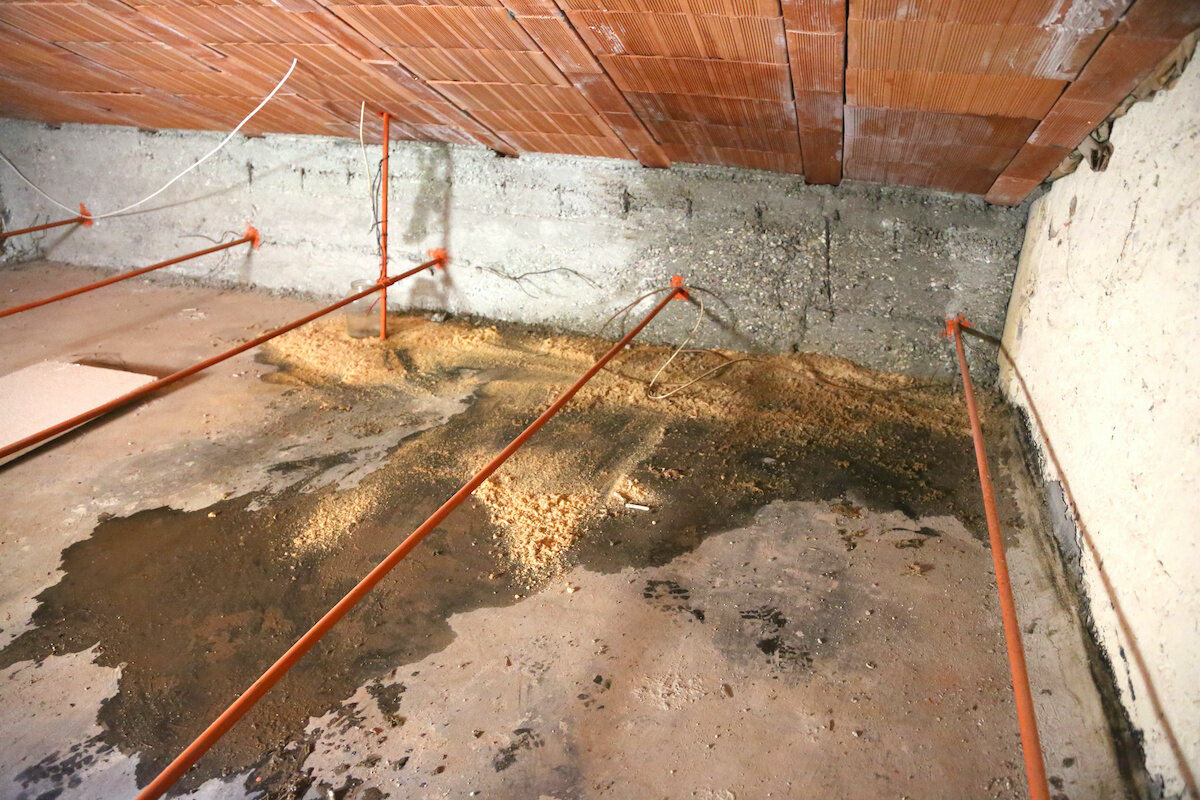
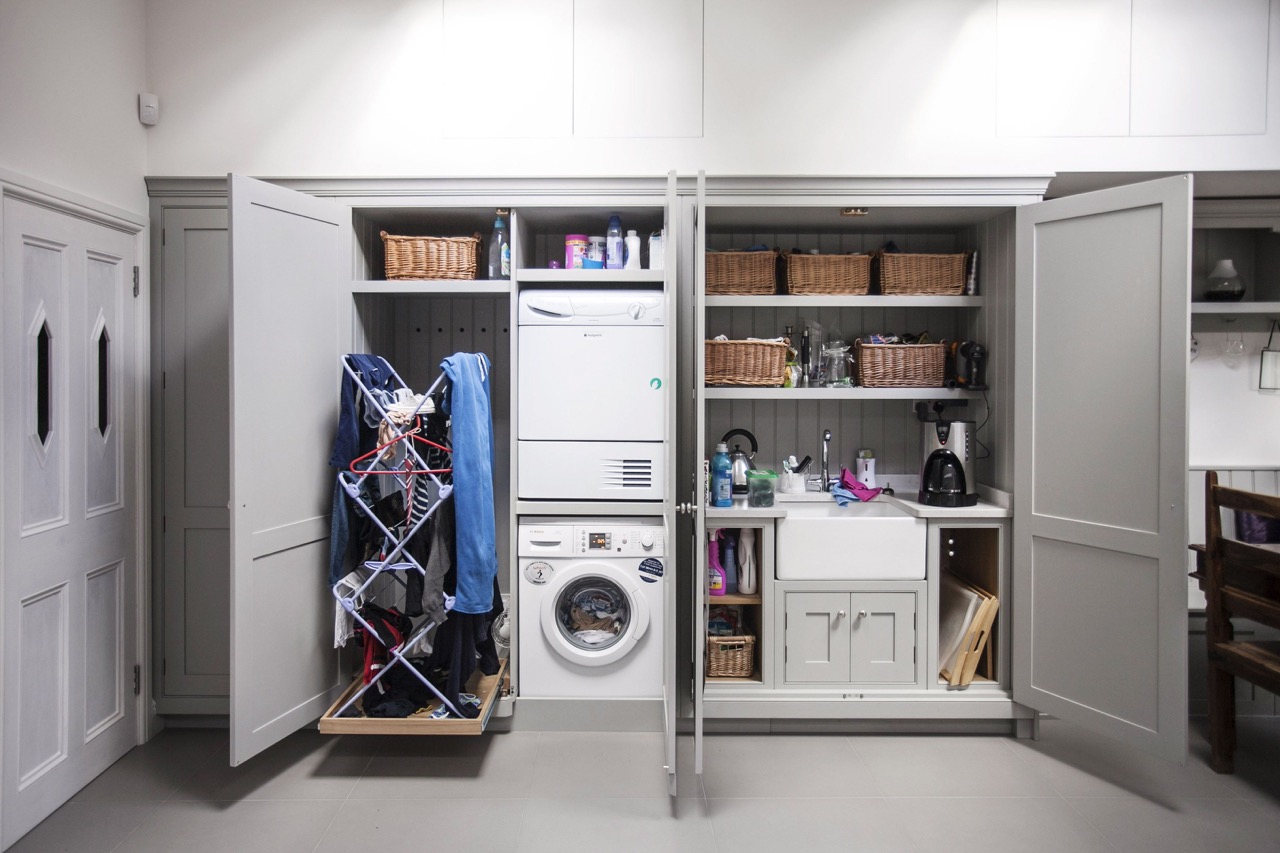
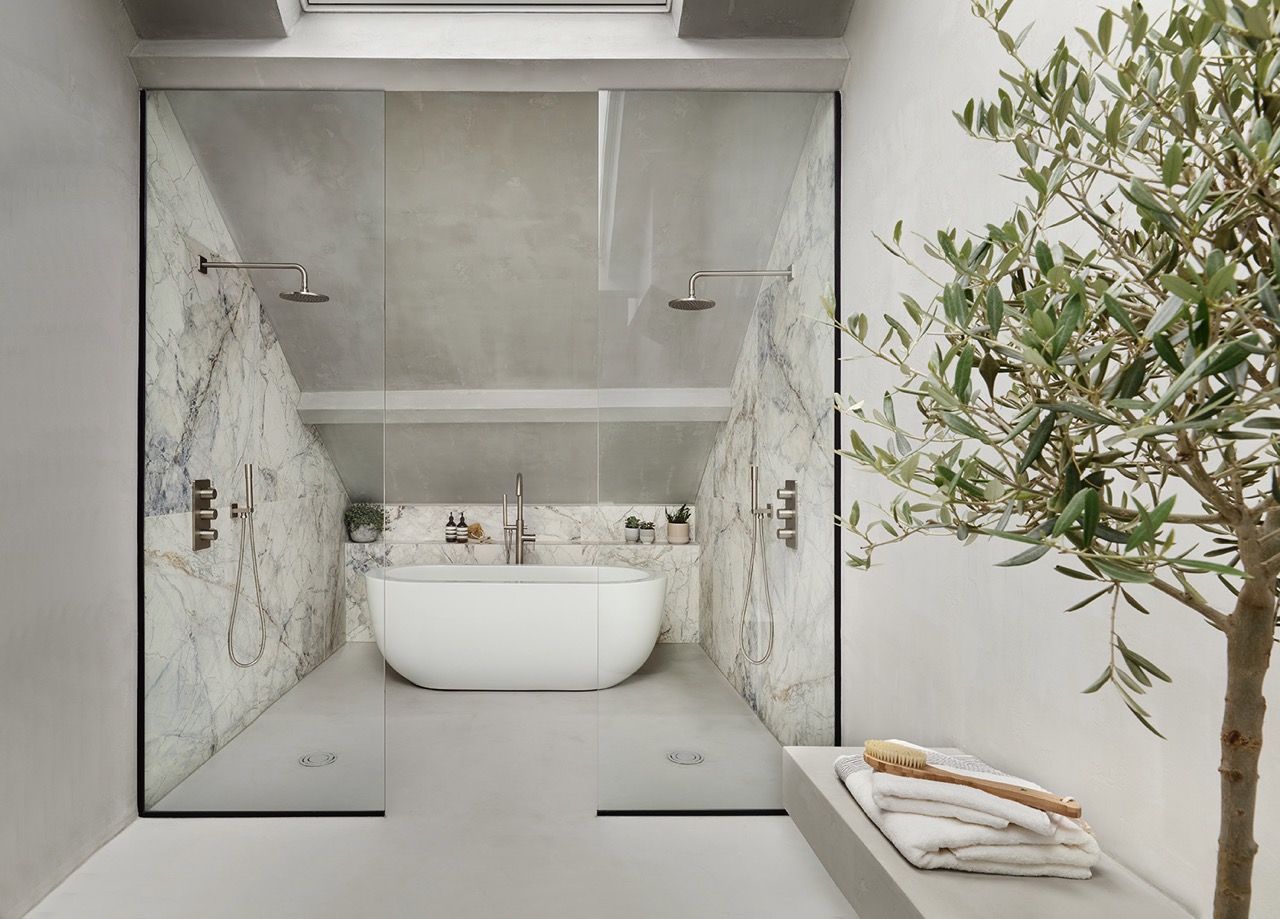
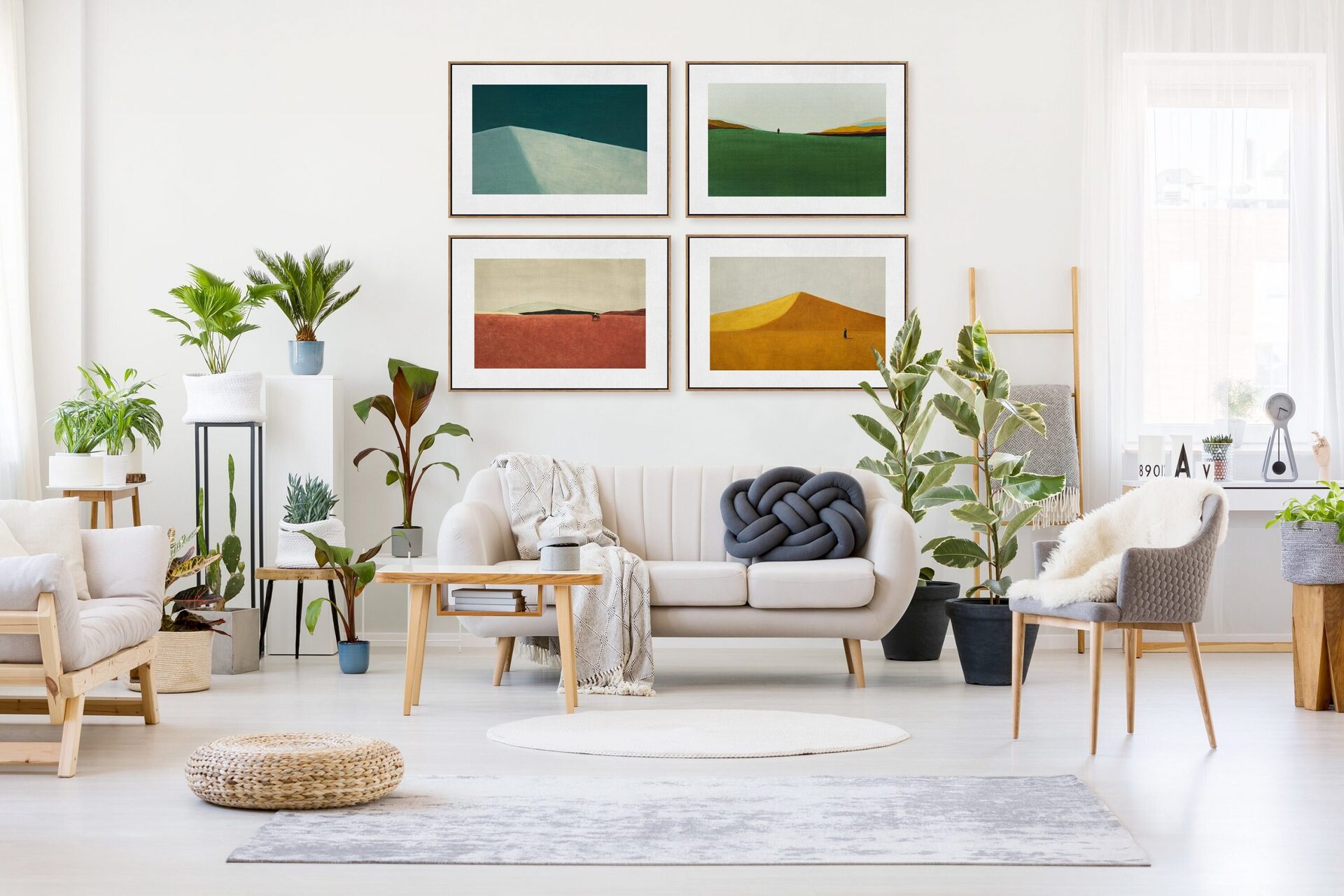
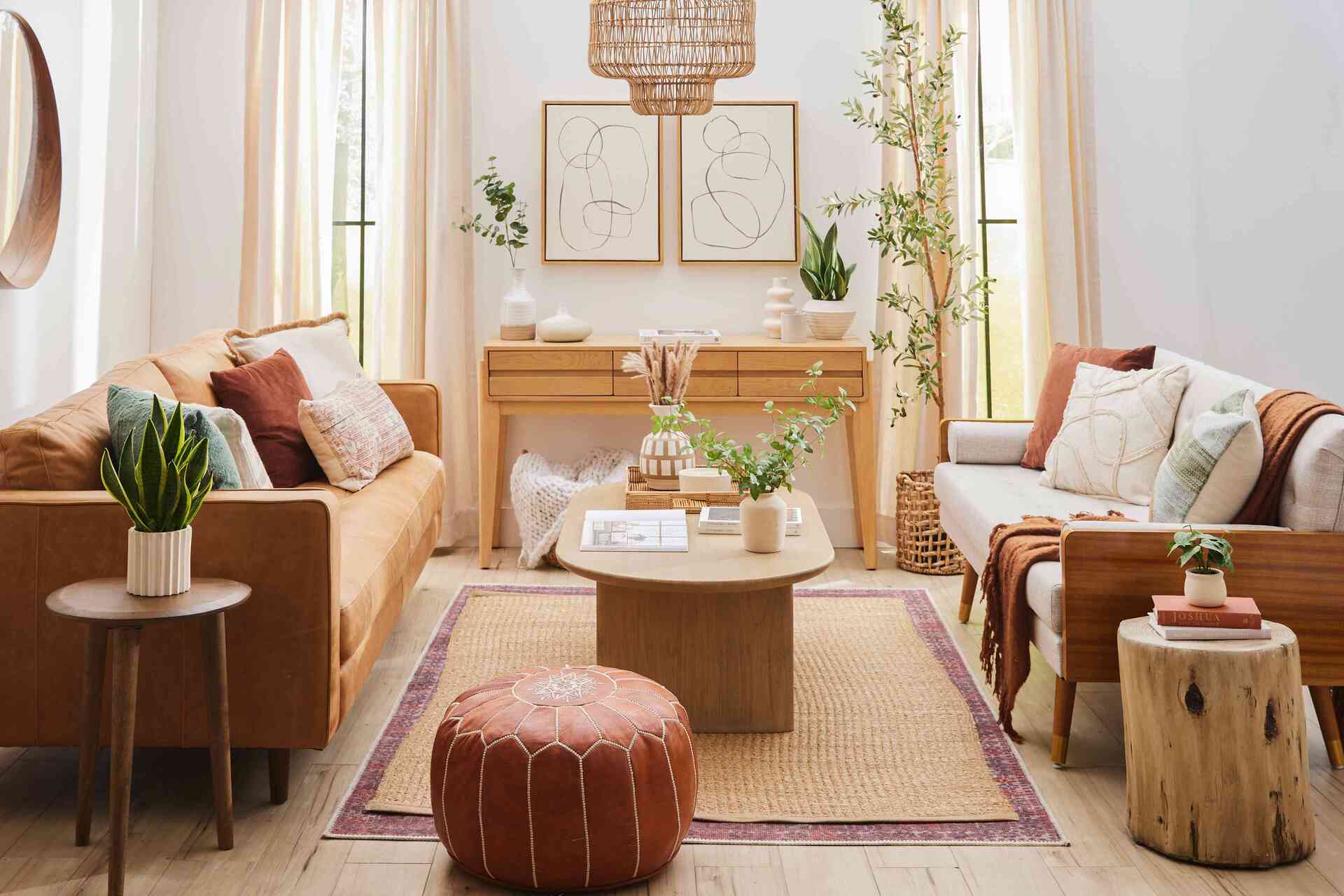
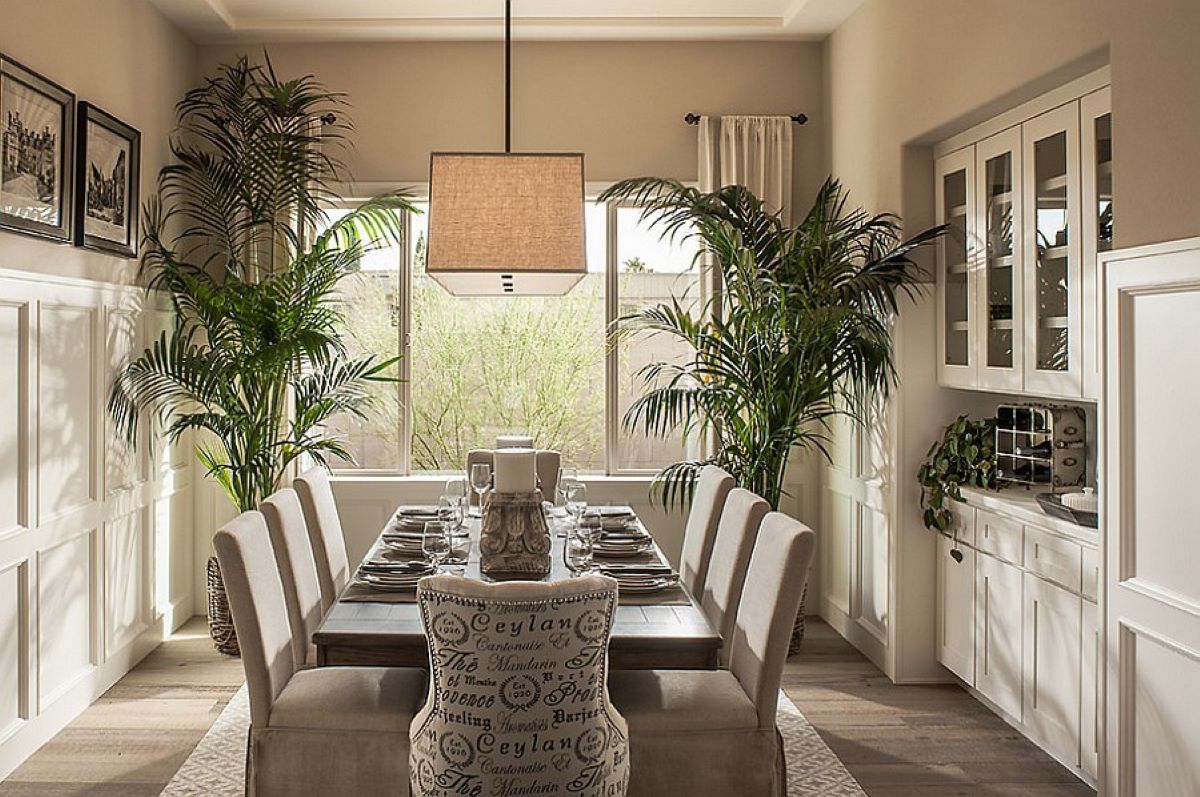
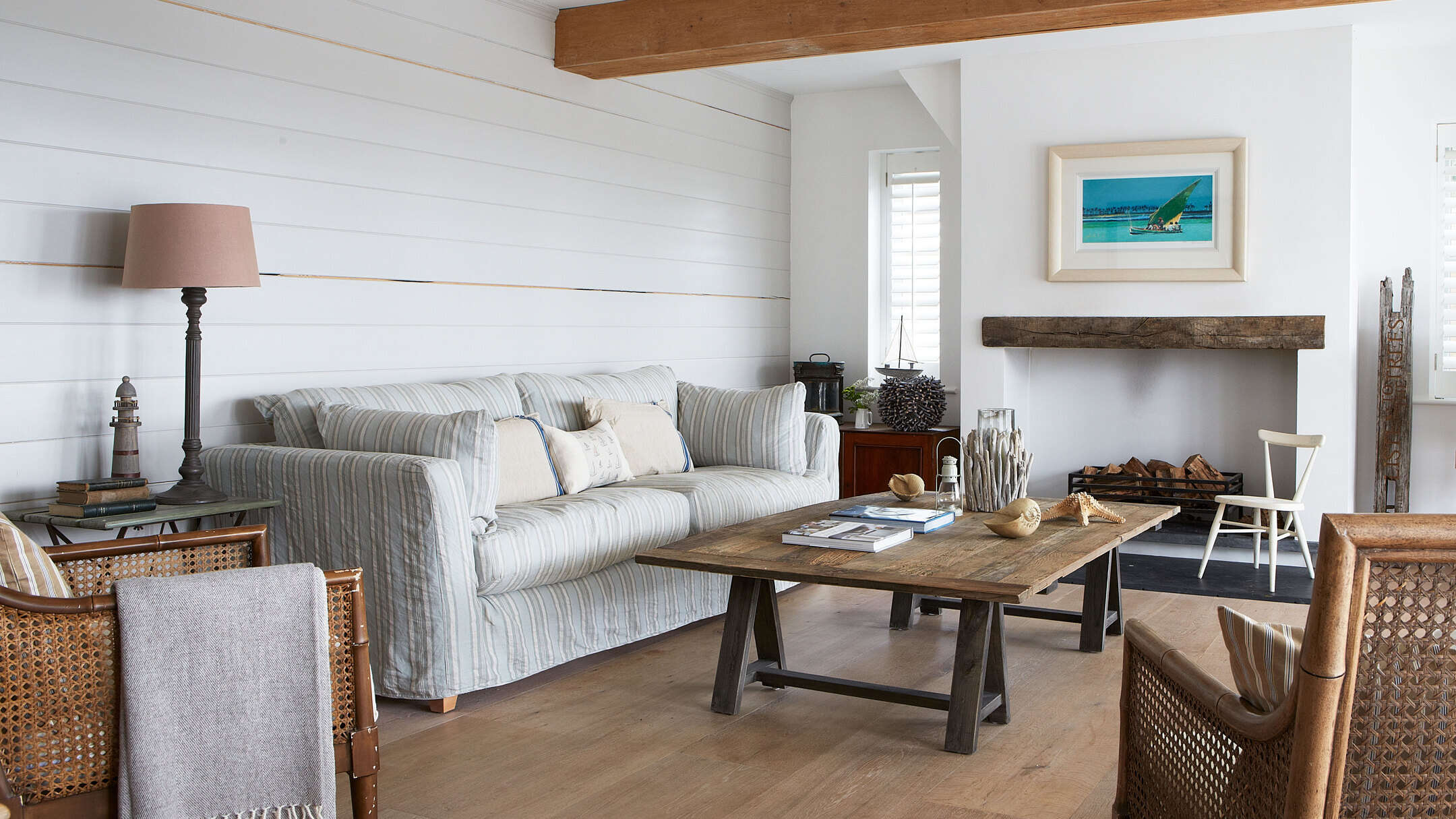
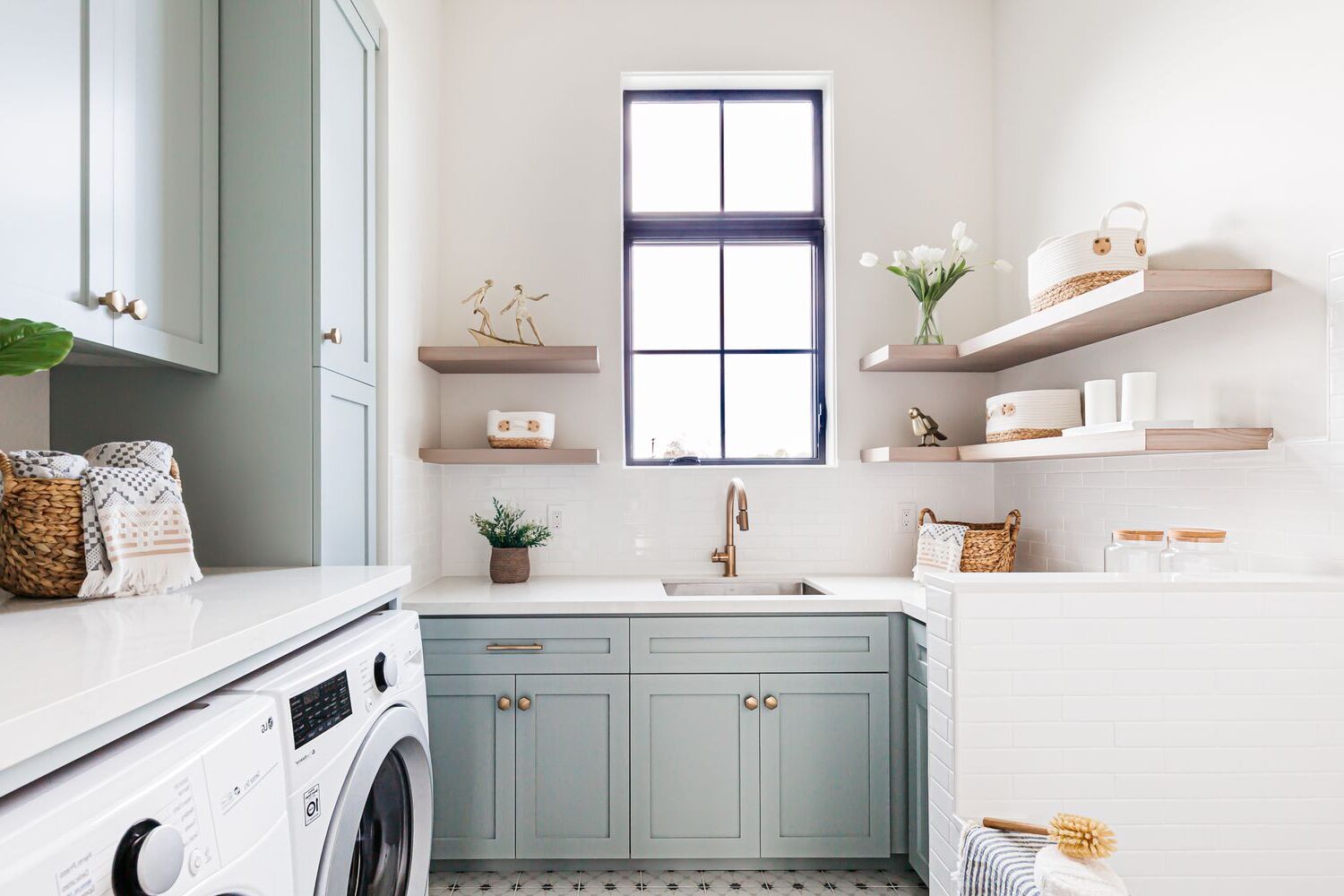
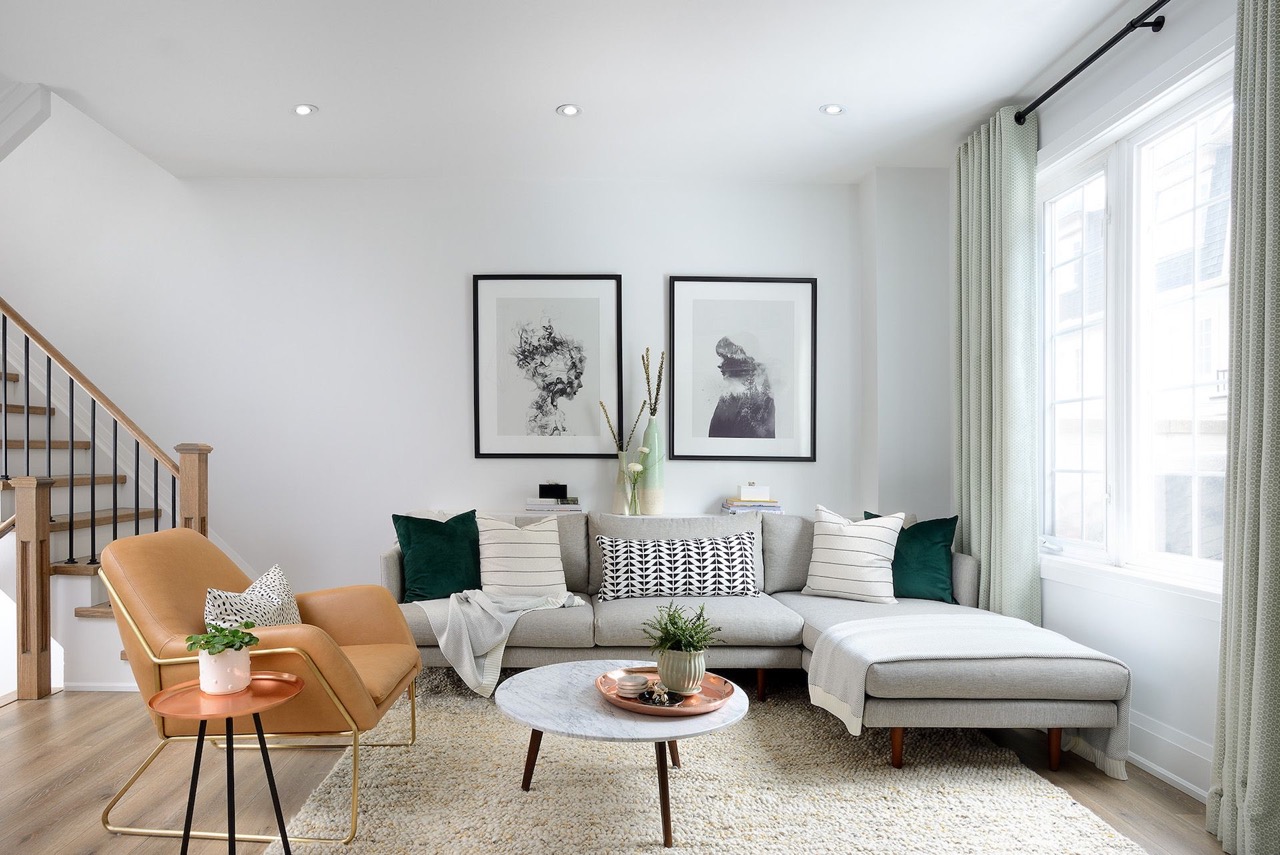
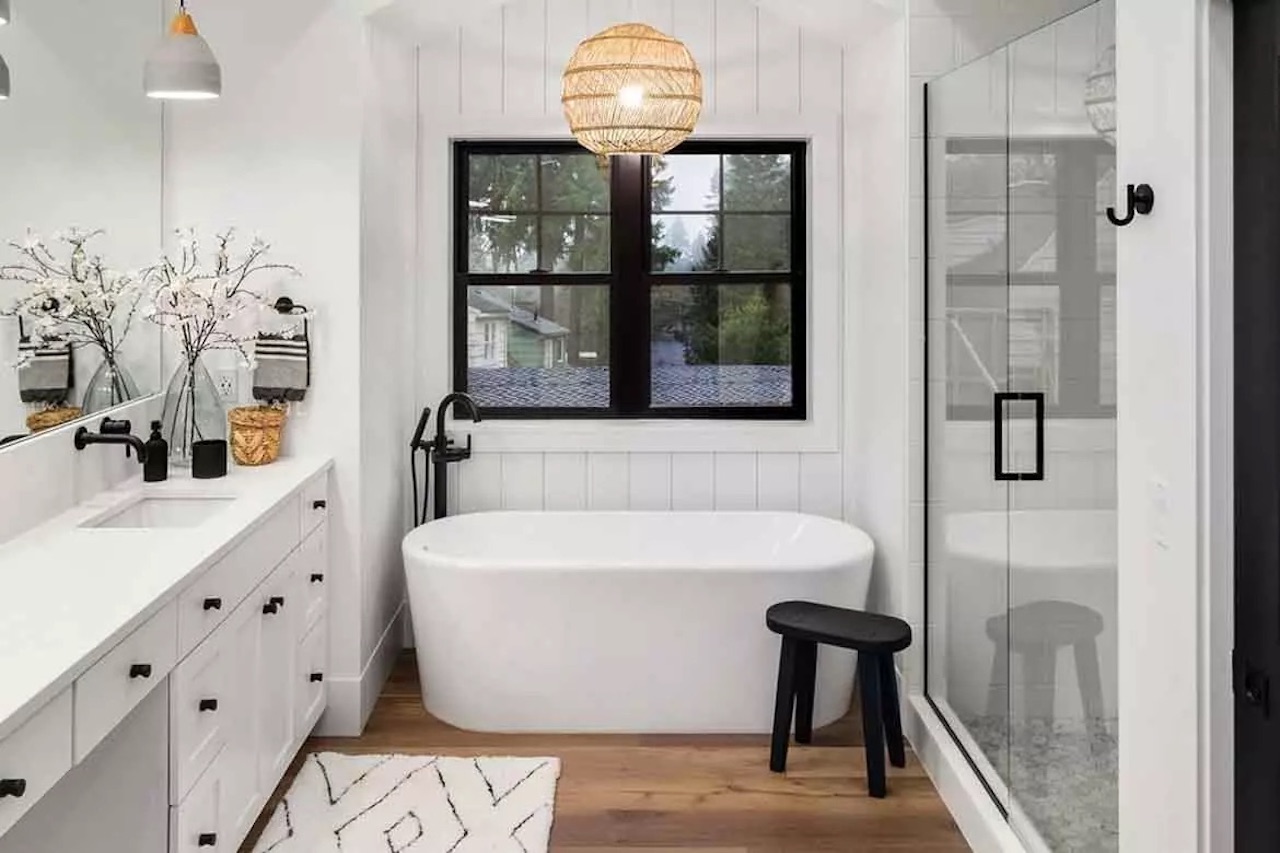
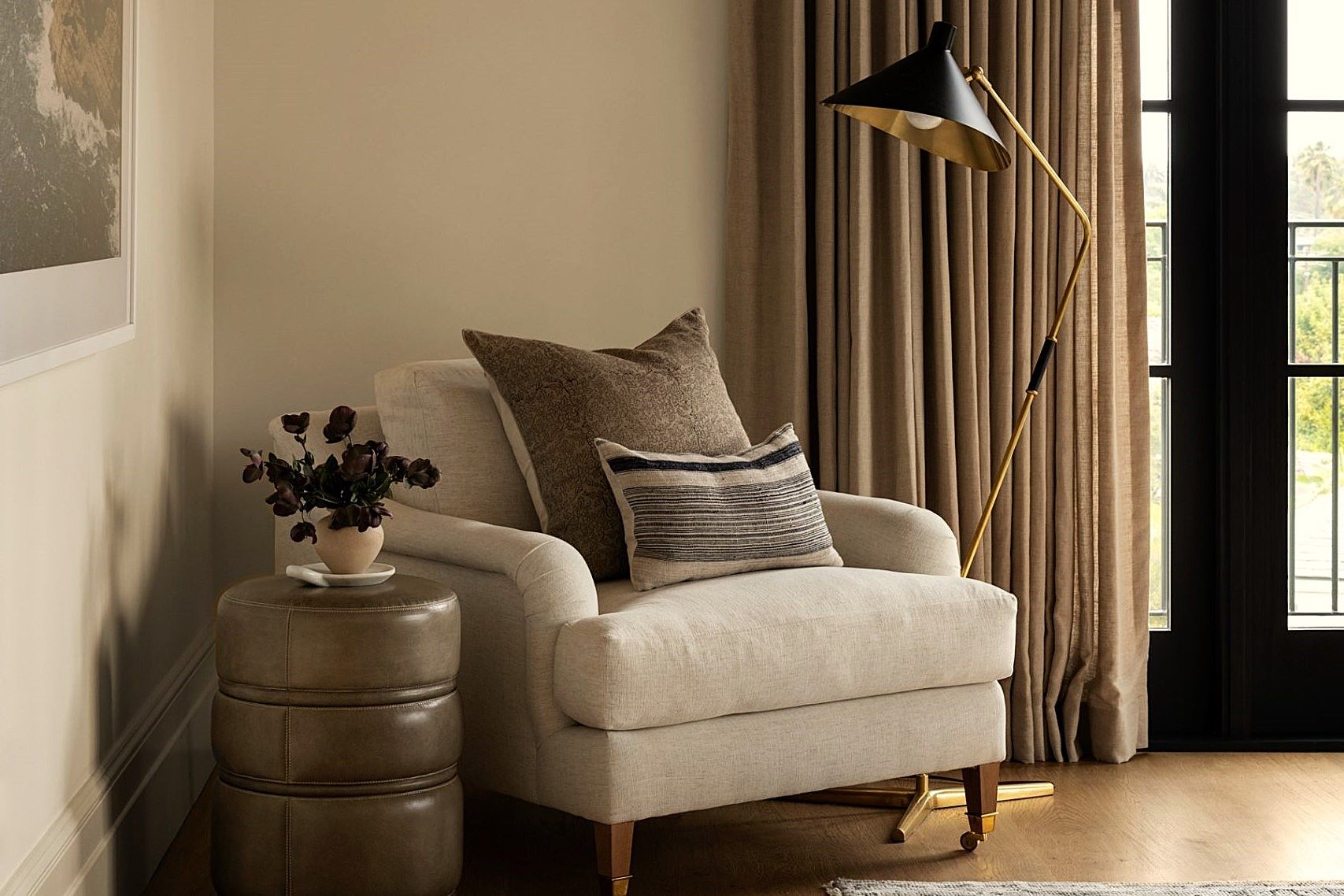
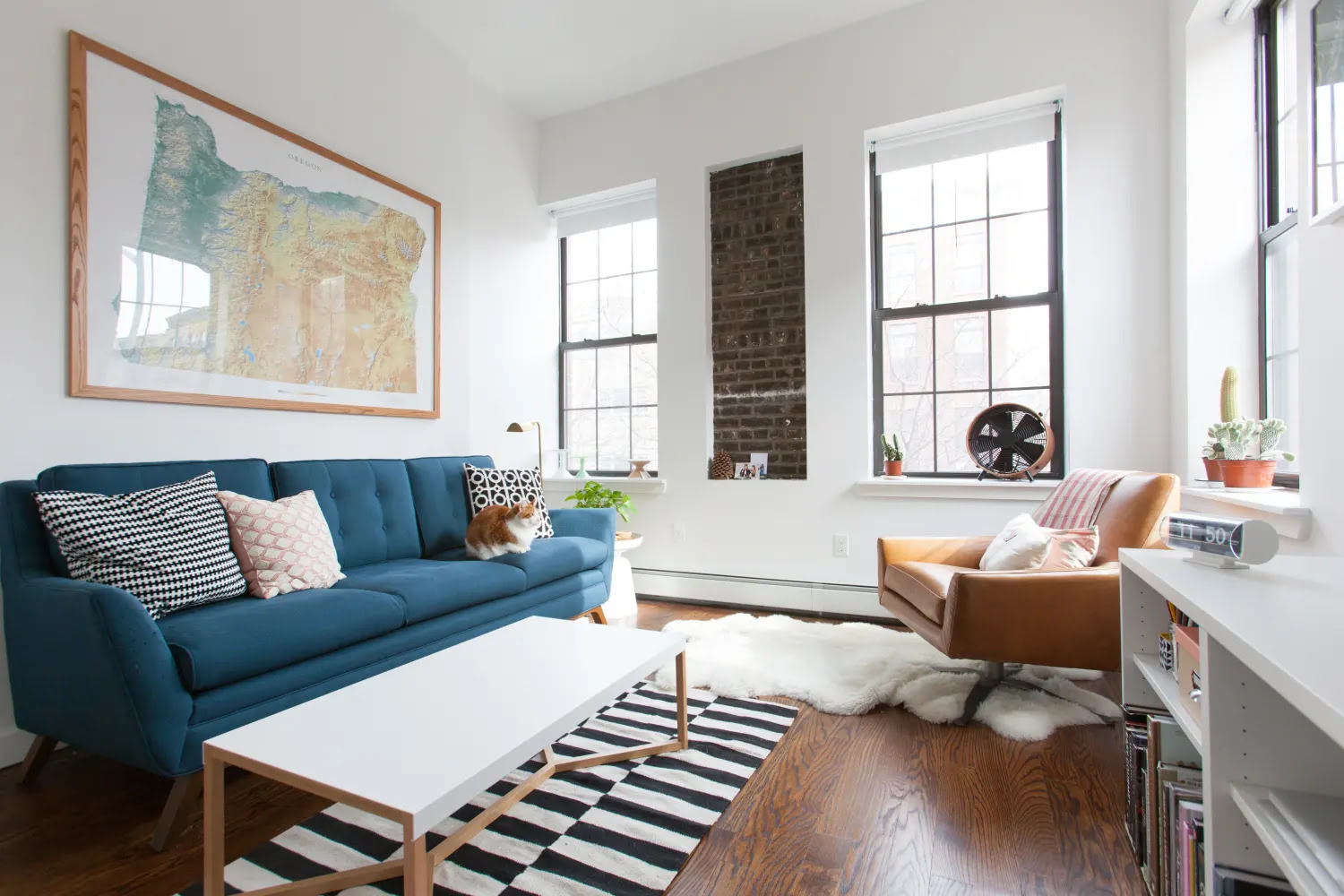
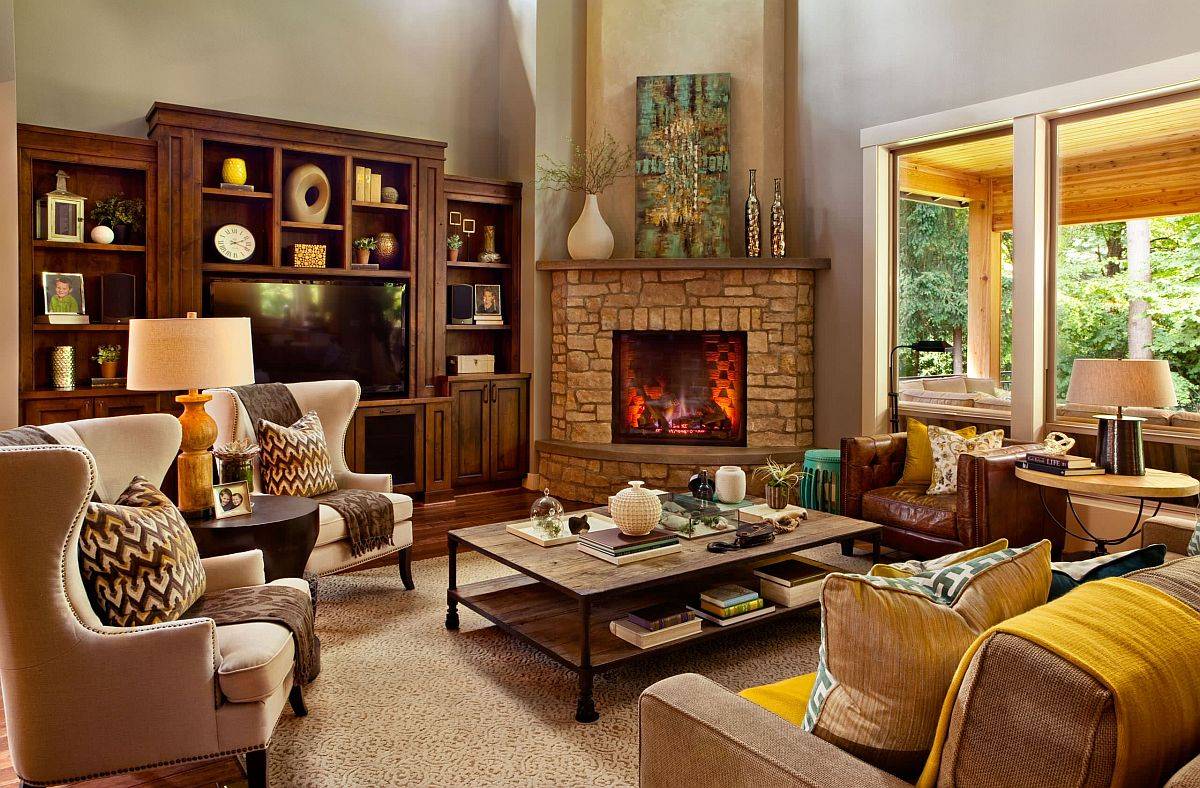

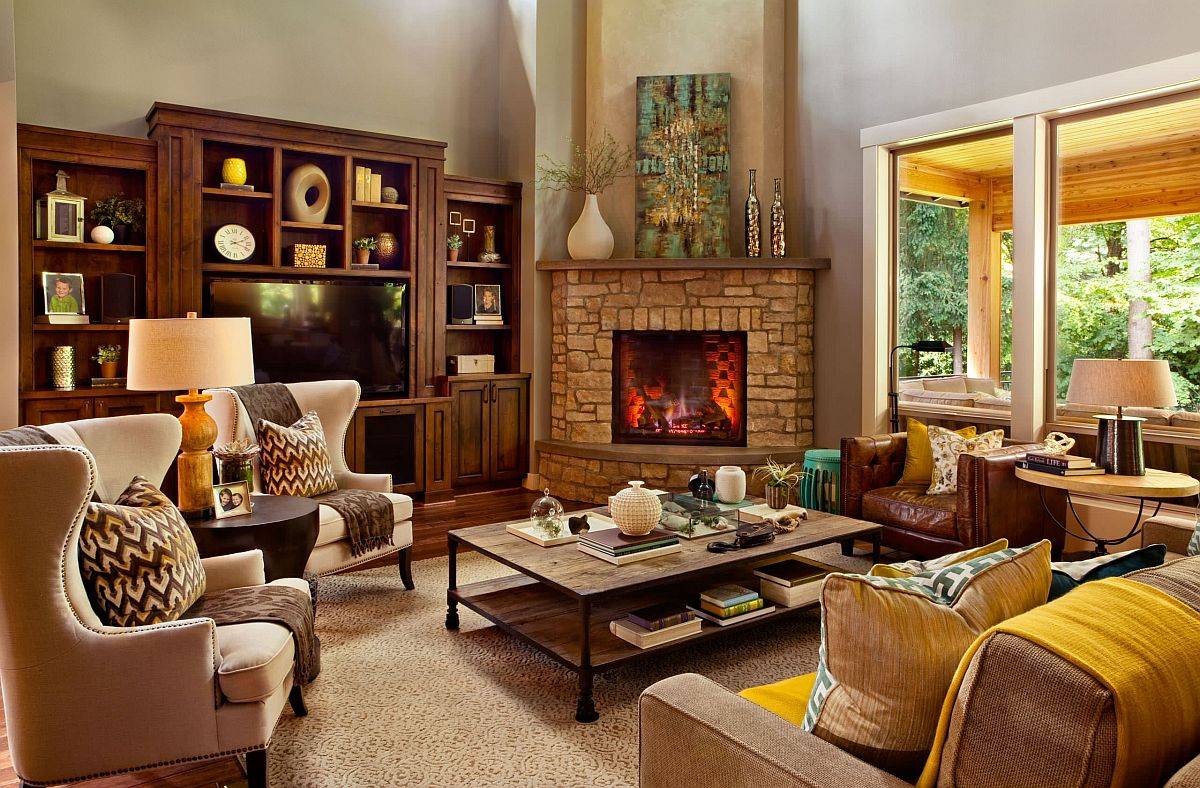

0 thoughts on “Cryptic Corners Solving Awkward Room Layouts”